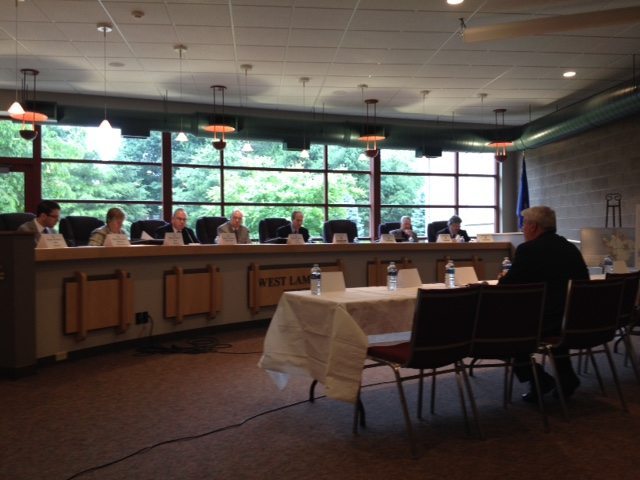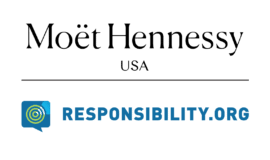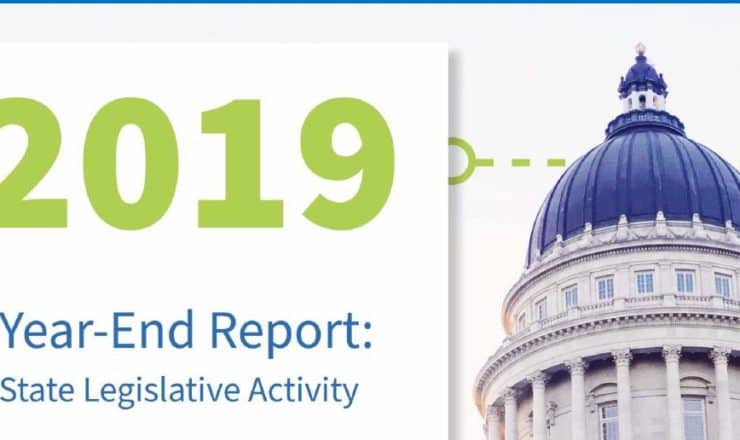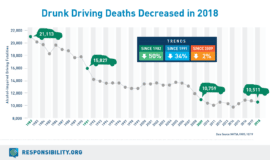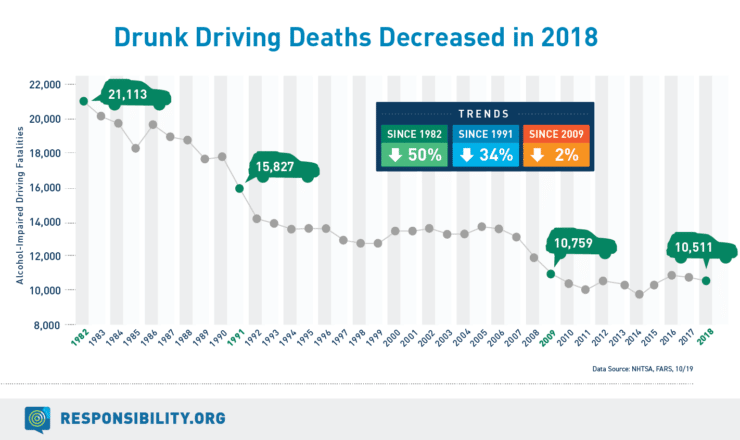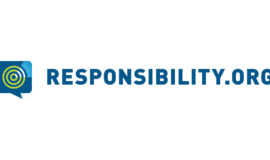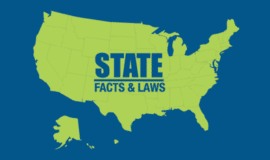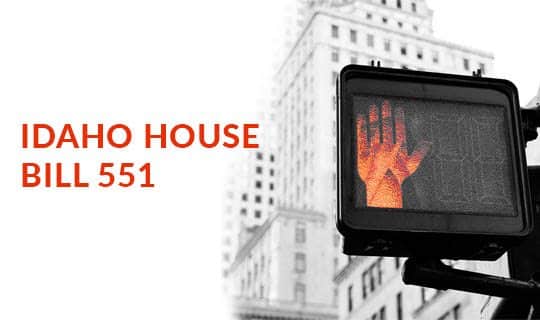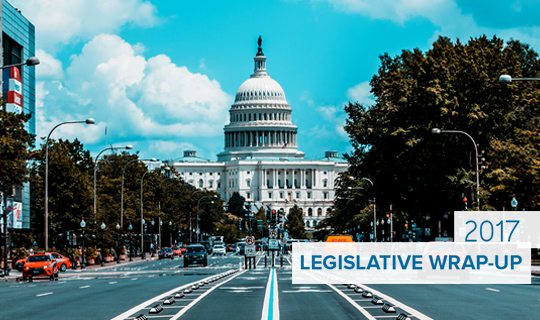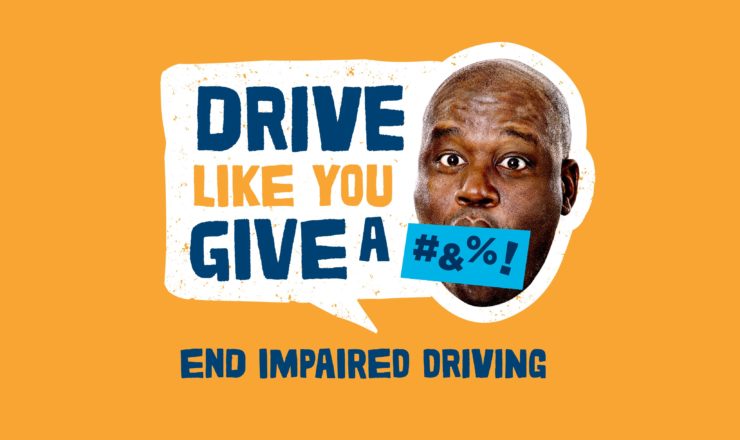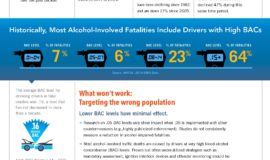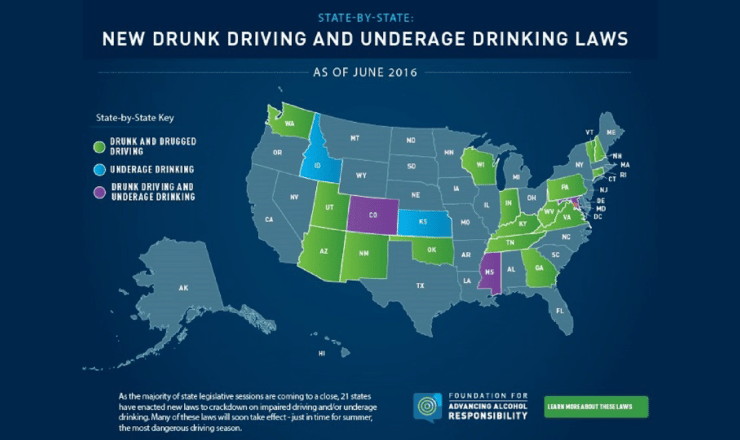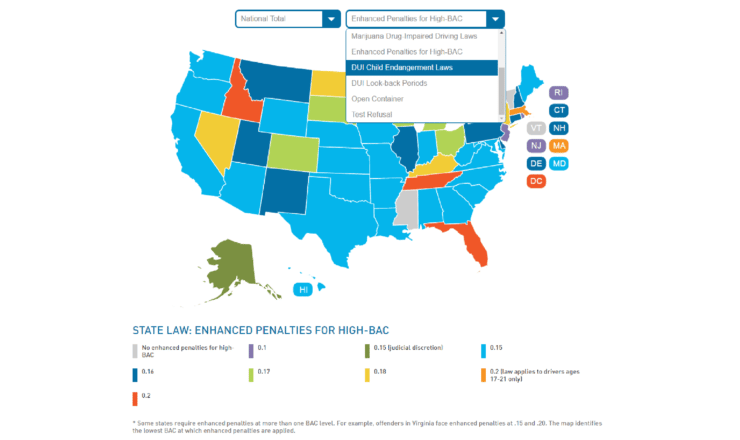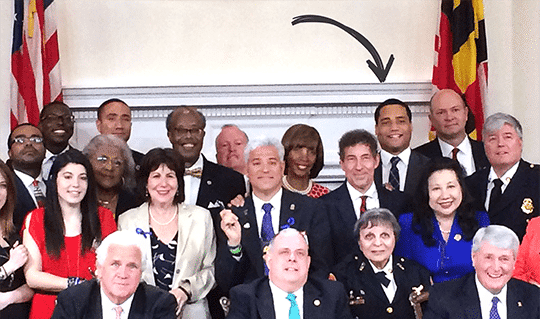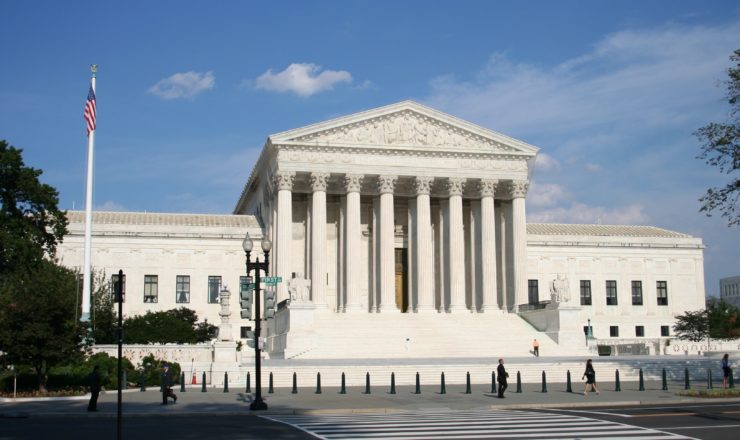Traffic Safety Community Supports PA Interlock Bill
Lancaster County in Pennsylvania is lovingly referred to as the “Garden Spot of America.” Unfortunately, this idyllic setting has also been the site of several high-profile drunk driving crashes in recent years. It is this loss of life that motivated Representative Keith Greiner (R-43) to introduce interlock legislation that seeks to reduce the occurrence of impaired driving and, ultimately, protect motorists on his state’s roadways.
The Foundation for Advancing Alcohol Responsibility supports Representative Greiner’s legislation. Greiner’s bill, would expand Pennsylvania’s ignition interlock program by requiring all first offenders with a Blood Alcohol Content (BAC) above .10 to install the device. Current statute only mandates that repeat offenders participate in the interlock program.
I am here in Lancaster offering expert testimony before a DUI Task Force comprised of House Transportation and Judiciary Committee members.
There are a multitude of reasons as to why it is imperative States pass legislation like House Bill 278. Simply put, ignition interlocks are one of the most effective tools for preventing drunk driving. This highly accurate and reliable technology separates drinking from driving by ensuring a vehicle does not start if a driver provides a breath sample that contains a BAC above a preset limit.
Previous blog entries and my testimony articulate the many reasons why this technology is an appropriate and needed intervention for first-time as well as repeat DUI offenders. Multiple research studies have demonstrated that offenders who participate in interlock programs have lower recidivism rates while the device is installed (ranging from 35-90%) and a lower recidivism rate following the removal of the interlock when compared to offenders who never installed the device.
Representative Greiner made this statement about his legislation:
“[HB278] would increase public safety by preventing those who have shown poor judgment by drinking and driving in the past from driving under the influence again. At the same time, this legislation would rehabilitate rather than punish first-time offenders by allowing them to keep their licenses on the condition that they submit to the ignition interlock program.”
This brings up a very important point that is often lost in discussions about this sanction: Interlocks keep offenders in the driver licensing system, particularly when they are incentivized to install the device (typically through the reduction of the hard suspension period), thus reducing unlicensed driving.
The introduction of first offender and other mandatory interlock participation statutes, particularly as a pre-requisite for full license reinstatement, has increased usage rates dramatically. In a recent NHTSA evaluation, researchers found significant gains in interlock use following the passage of mandatory first offender laws as well as laws that incentivized offenders to install the device (i.e., reduction or elimination of hard suspension period for those who enter into the program). For example:
- New York required interlocks for first offenders in 2010 and interlock usage increased 100% the following year (from 2,500 to 5,000).
- Colorado introduced a first offender law in 2007 that led to a tripling of interlock use by 2010 (from 5,267 to 17,056).
- Arkansas required interlocks to reduce or eliminate the license suspension period in 2009 and by 2010, interlock use increased 245% (from 1,704 to 5,880).
The passage of Representative Greiner’s HB 278 could produce similar results in Pennsylvania. Currently, the state only requires second and subsequent offenders to install an interlock. In 2013, 368 lives were lost to drunk driving in Pennsylvania. This translates to nearly 31% of all motor vehicle fatalities in the state. As Representative Greiner notes, “DUI-related tragedies are far too common across the Commonwealth.” If interlocks were utilized more broadly, as envisioned by HB 278, a greater number of drunk driving trips would be prevented, thus protecting the public and ultimately, saving lives.

